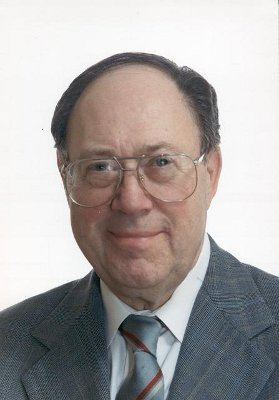Residence United States Role Electrical engineer | Name Amos Joel, Nationality American | |
 | ||
Born March 12, 1918Philadelphia ( 1918-03-12 ) Alma mater MIT (B.Sc.) (1940)MIT (M.Sc.) (1942) Notable awards IEEE Alexander Graham Bell Medal (1976)Stuart Ballantine Medal (1981)Kyoto Prize (1989)IEEE Medal of Honor (1992)National Medal of Technology (1993) Books 100 Years of Telephone Switching Awards National Medal of Technology and Innovation, IEEE Medal of Honor, IEEE Alexander Graham Bell Medal | ||
Amos Edward Joel, Jr. (born March 12, 1918 in Philadelphia – died October 25, 2008 in Maplewood, New Jersey) was an American electrical engineer, known for several contributions and over seventy patents related to telecommunications switching systems.
Contents
Biography
Joel was born in Philadelphia, and spent portions of his youth living in New York City, where he graduated from DeWitt Clinton High School in the Bronx.
He earned his B.Sc. (1940) and M.Sc. (1942) in electrical engineering from Massachusetts Institute of Technology, where he worked on the Rockefeller Differential Analyzer (project headed by Vannevar Bush), and a thesis on functional design of relays and switch circuits, advised by Samuel H. Caldwell. Joel worked at Bell Labs (1940–83) where he first undertook cryptology studies (collaboration with Claude Shannon), followed by studies on electronic switching system that resulted in the 1ESS switch (1948–60). He then headed the development of advanced telephone services (1961–68), which led to several patents, including one on Traffic Service Position System and a mechanism for handoff in cellular communication (1972). The latter invention made mobile telephony widely available by allowing a multitude of callers to use the limited number of available frequencies simultaneously and by allowing the seamless switching of calls from tower to tower as callers traveled. After 1983, he worked as a consultant to AT&T, developing mechanisms for optical switching.
Joel died in his home in Maplewood, New Jersey on October 25, 2008, at age 90.
